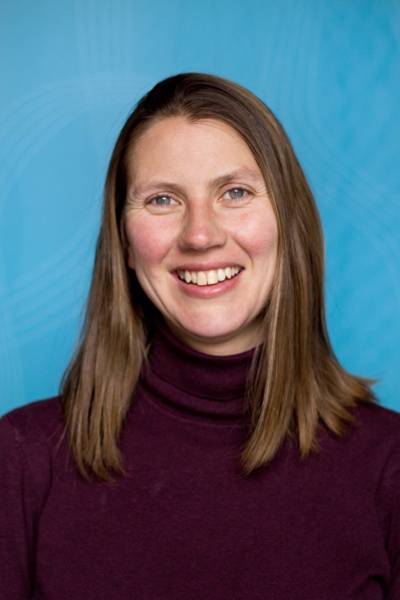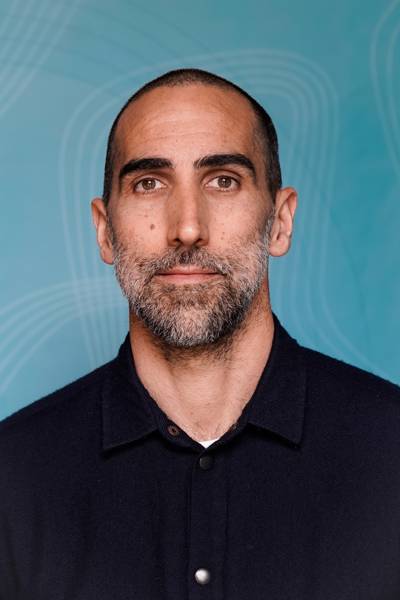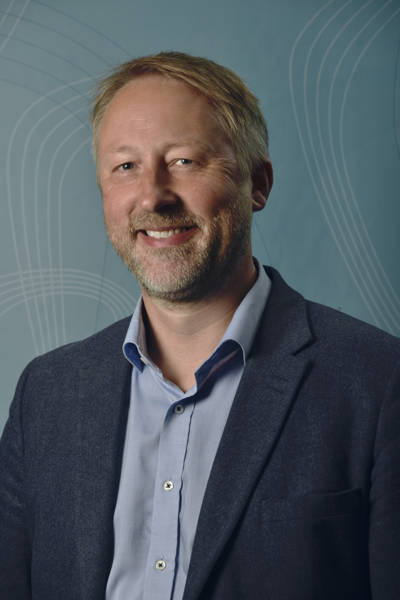Global spending on development aid amounted to approximately 147 billion USD in 2017. We know that while donors are effective at directing aid to the poorest countries, it is often ineffective at reaching the poorest within these countries. However, we do not know how systematic inequalities between identity groups and group exclusion interact with aid distribution. Yet, this relationship has potentially important implications for policy. Development aid has the potential to ameliorate income, as well as to reduce inter-group inequalities when it is distributed to address such systematic differences. On the other hand, aid can also exacerbate already existing group inequalities if these differences are not taken into account. Thus, understanding the determinants of how development aid is distributed within countries is vital. Using data on the location of World Bank aid projects, as well as data on the political status (i.e. excluded or included) of ethnic groups, we address the question: Is development aid more or less likely to be directed towards areas with politically excluded groups?
Rustad, Siri Aas; Kristian Hoelscher; Andreas Kotsadam; Gudrun Østby & Henrik Urdal (2018) Political Exclusion, Group Inequality and Aid Distribution, Conflict Trends, 9. Oslo: PRIO.











